Treetop treasures: a guide to flowering trees
Do you know the difference between blackthorn blossom and field maple flowers?

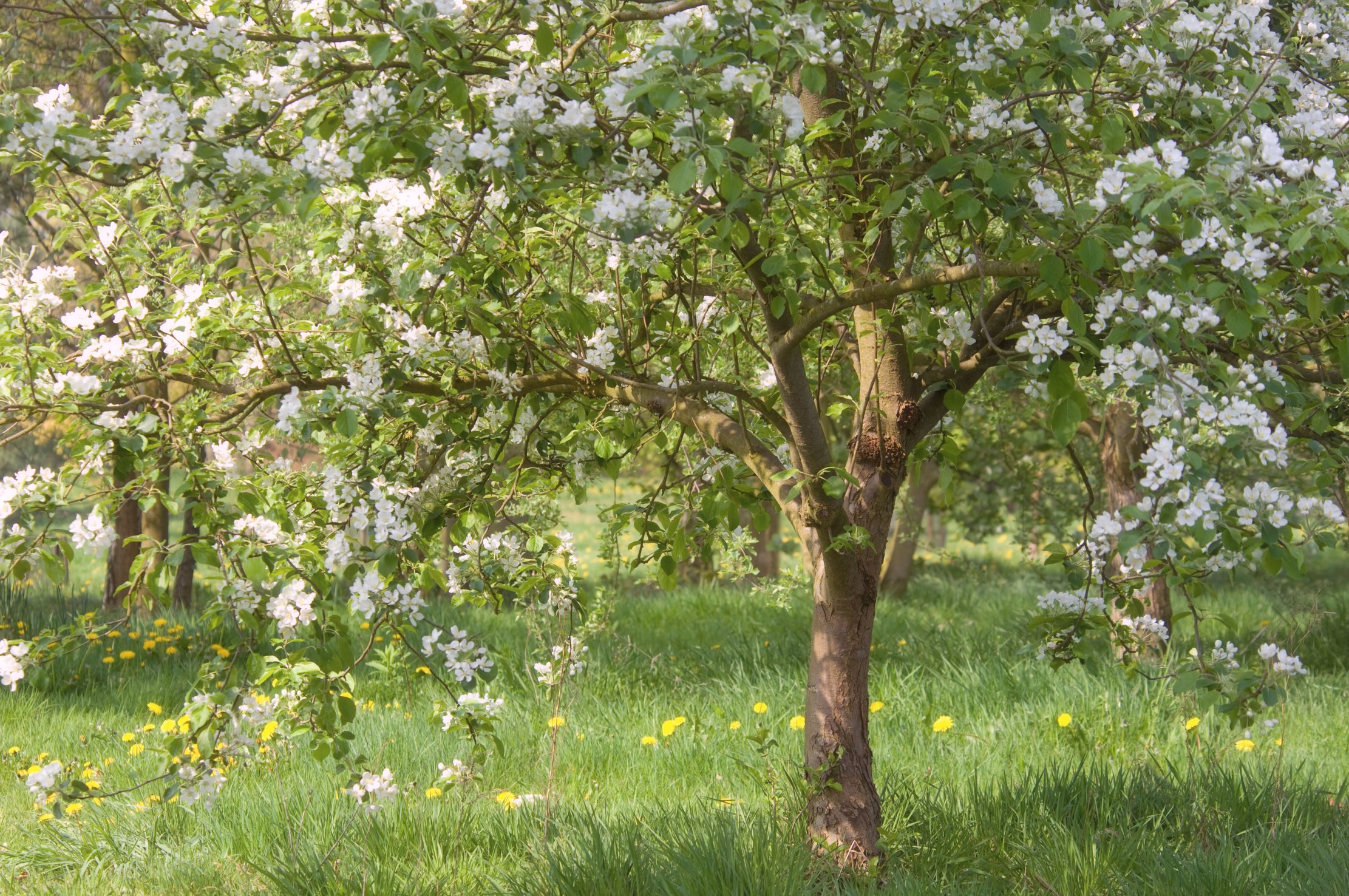
The Country Life Guide to Flowering Trees
Trees flower like any other plant, but these delicate blossoms, many of which rely on wind, rather than insect, pollination, can go unnoticed as all the action happens high up and unfurling leaves quickly envelop them. The cherry plum is one of the earliest to come into flower, followed shortly by black- thorn, the brilliant-white flowers exaggerated by the tree’s black bark. Many trees are monoecious (they produce both male and female flowers), such as the hazel, which bears distinctive, hanging catkins known as lambs’ tails—the male flowers that provide the pollen—and, almost hidden on its twigs, diminutive, scarlet female flowers. Simon Lester
For more information, visit www.woodlandtrust.org.uk
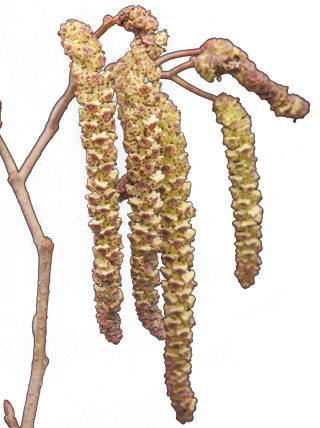
Alder (Alnus glutinosa)
Pale-golden male catkins, as seen here—measuring just under 1in to just over 2in long—flower between February and April. The greener and more oval-shaped female equivalents grow in groups of three to eight
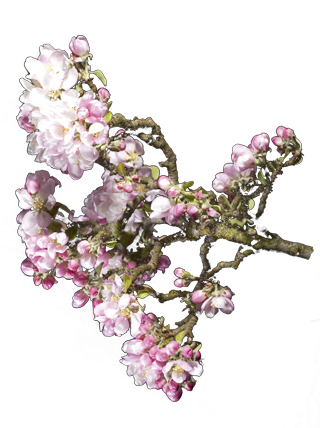
Apple (Malus x domestica)
Five-petalled and usually white, with touches of pink, apple-tree blossom appears in spectacular fashion in May and June
Exquisite houses, the beauty of Nature, and how to get the most from your life, straight to your inbox.
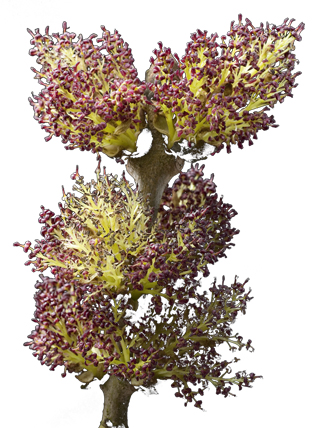
Ash (Fraxinus excelsior)
Both male and female highly ornate flowers, which look as if they’ve been dipped into a pot of purple paint, emerge before the ash’s leaves in spring, forming in spiked conglomerations at twig tips
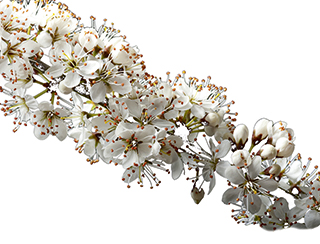
Blackthorn (Prunus spinosa)
Cascades of white flowers, which contain both male and female reproductive parts, appear before leaves in March and April. Traditionally, a spell of bad weather that follows the flowers’ emergence is known as a ‘blackthorn winter’
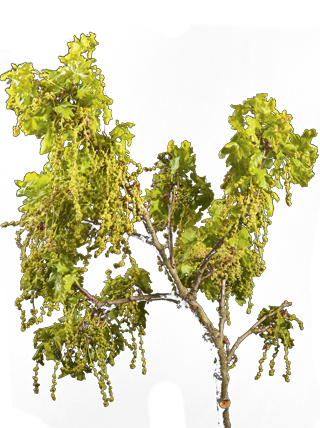
English oak (Quercus robur)
The English or pedunculate oak flowers between May and June, with the male blooms forming slender, golden catkins, which distribute pollen into the air. Brown, spherical female flowers grow in groups at the ends of branches
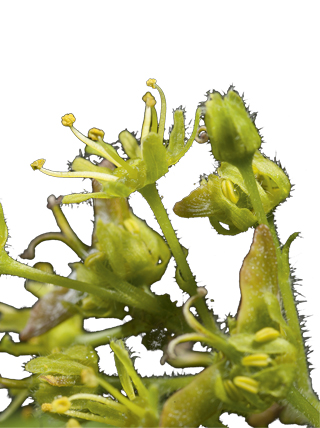
Field maple (Acer campestre)
Diminutive, yellow- green and cup-shaped, the field maple’s flowers —which contain both male and female reproductive parts and hang in clusters— emerge with its leaves in April
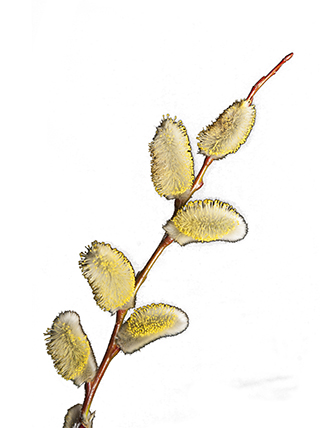
Grey willow (Salix cinerea subsp. oleifolia)
Slightly longer and greener than their male counterparts (see overleaf), which grow on separate trees, female catkins (seen here) flower from March to April
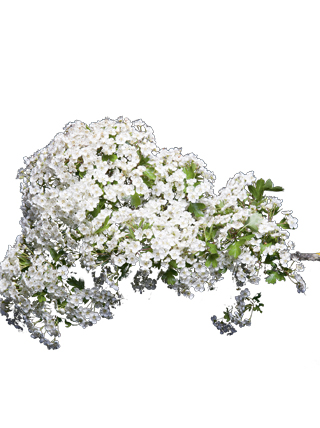
Hawthorn (Crataegus monogyna)
These highly scented flowers—that, like the blackthorn, are hermaphrodite —are white or occasionally pink-tinged and grow in flat-topped clusters in May

Hazel (Corylus avellana)
Clusters of pale yellow, pendulous male catkins emerge from mid February. In contrast, the hazel’s female flowers are miniature and bud-like with red styles
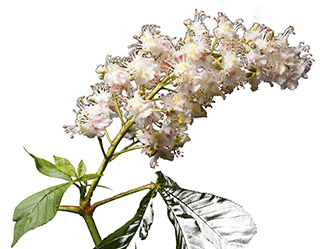
Horse chestnut (Aesculus hippocastanum)
Appearing in May, individual flowers have 4–5 fringed white petals, with a pink flush at the base, and rise like candelabras from the tree’s foliage
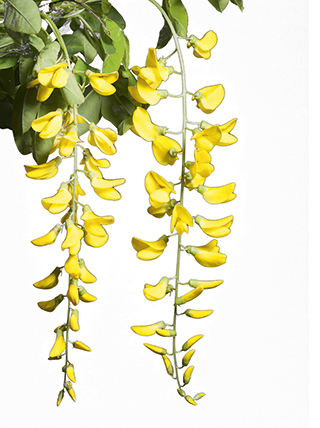
Laburnum
The long, drooping yellow flowers of the laburnum, which emerge as 4in–12in-long racemes in late spring, give rise to its old poetic name ‘golden chain tree’
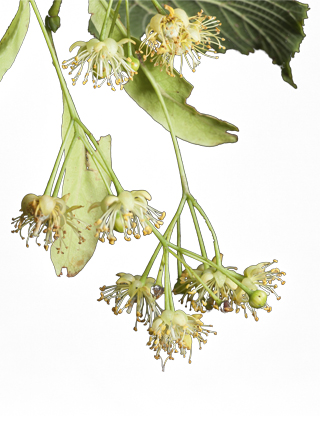
Lime (Tilia x europaea)
Renowned for their heady, almost intoxicating scent, the lime’s white-yellow, five-petalled flowers—so beloved of bees—dangle in groups of two to five from numerous branches in high summer

Red horse chestnut (Aesculus x carnea)
The striking flowers of this artificial hybrid between A. pavia (red buckeye) and A. hippocastanum (horse chestnut), thought to have been cultivated in Germany before 1820, emerge in May

Scots pine (Pinus sylvestris)
Male flowers, comprising clusters of yellow, knobbly anthers (as seen here, in the process of shedding their pollen) can be found at the base of shoots on these ancient trees. Small, red-purple and round, female flowers grow at the tips of new shoots
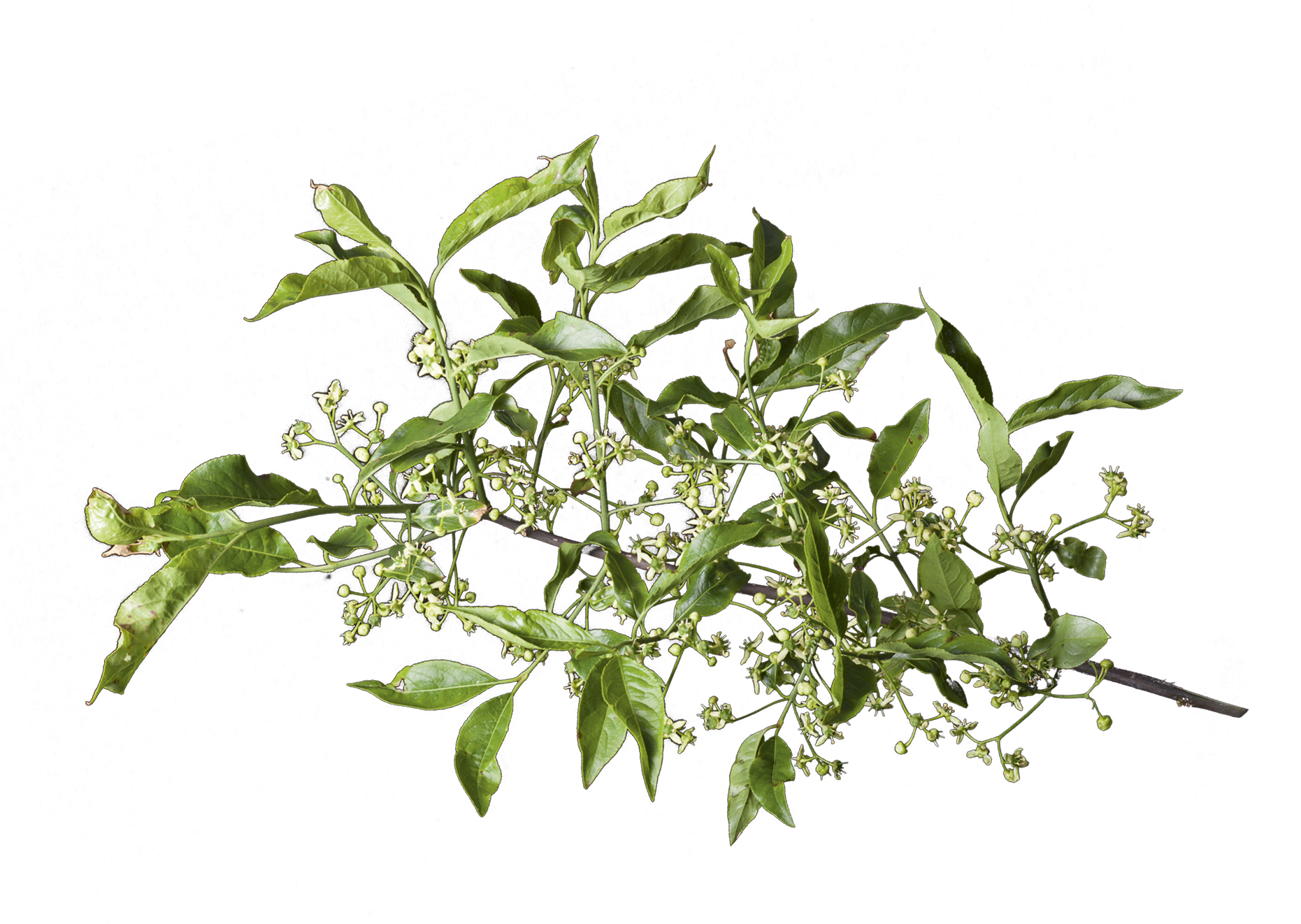
Spindle (Euonymus europaea)
Tiny, four-petalled hermaphrodite flowers, which grow in clusters, emerge in May and June, when they’re pollinated by insects
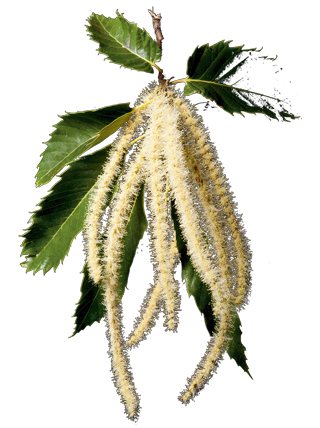
Sweet chestnut (Castanea sativa)
Flowers appear, in late June to July, as long (4in–8in), upright pale- yellow, mostly male, catkins with female flowers at the base
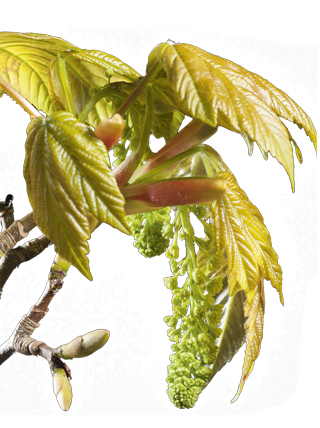
Sycamore (Acer pseudoplatanus)
Pale-green or yellow flowers, with paper-thin petals, yellow anthers and a white stamen, bloom in April, shortly after the leaves, and hang in knobbly tassels
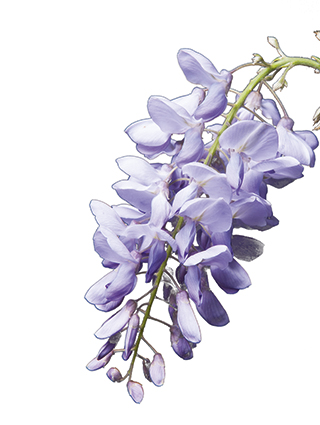
Wisteria
The arresting and beautifully scented blooms of this popular garden climber may appear in shades of white, blue, purple and pink from April to June
Photographs by Paul Quagliana
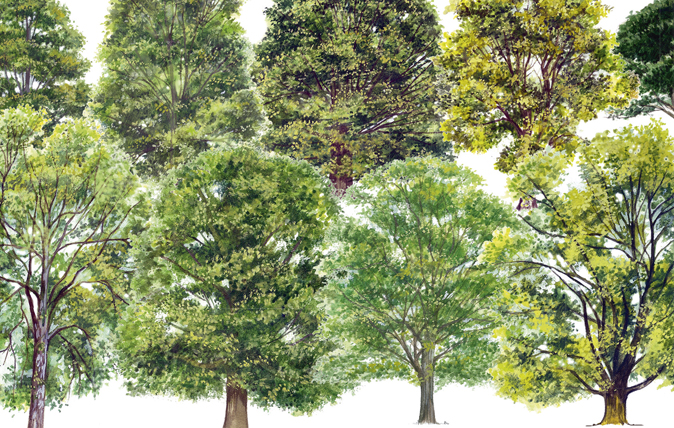
A simple guide to identifying British trees
Simon Lester goes out on a limb to identify species and stop us barking up the wrong tree.

A simple guide to the wildflowers of Britain
At long last Spring seems to be here — and with it, the natural flora that give so much pleasure.
Country Life is unlike any other magazine: the only glossy weekly on the newsstand and the only magazine that has been guest-edited by His Majesty The King not once, but twice. It is a celebration of modern rural life and all its diverse joys and pleasures — that was first published in Queen Victoria's Diamond Jubilee year. Our eclectic mixture of witty and informative content — from the most up-to-date property news and commentary and a coveted glimpse inside some of the UK's best houses and gardens, to gardening, the arts and interior design, written by experts in their field — still cannot be found in print or online, anywhere else.
